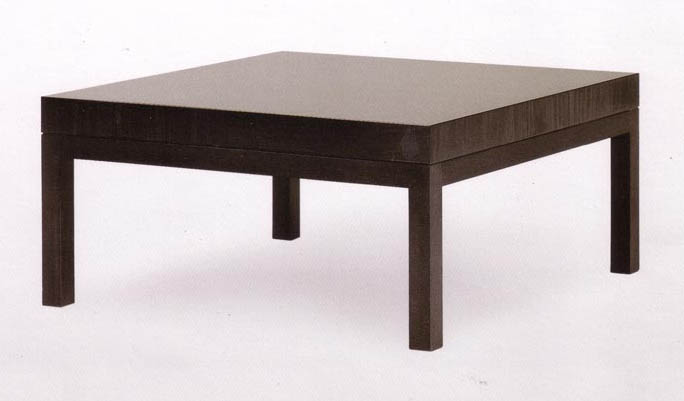Q.
Can I adhere paperback birds-eye veneer on birch veneer particleboard with contact cement on one side only? (This is for large cabinet doors.)
Forum Responses
What you are describing is going to give you problems.
First, you cannot laminate only one side of a door, even if it's on birch veneer. You have to balance the door--this is to veneer it on both sides (you can veneer the back with regular maple veneer or birch). If you fail to do this, the glue on the only veneered side will pull on the face of the door, causing it to cup towards the veneered face. The rule of thumb is to always apply on one face what you have applied on the other. If you decide to apply two layers of veneer, you have to do the same thing on the back.
Second, I do not recommend using contact cement with paperback veneer. The glue will be telegraphed to the applied lacquer finish. This means you will see all the little lumps of glue in the reflection of the finish coat.
You can also have problems with adhesion, in the long term, and veneer starting to crackle. Remember that contact cement is flexible--it moves with the veneer.
I recommend having the door laminated in a local veneer press, if you don't have one. They will be using veneer glue. If you want to use contact-cement, buy your veneer pre-mounted on a phenolic backer, instead of paperback.
You can veneer only one side if you use a thin multi-ply veneer such as SanPly-4 Veneer. This product will allow you to only veneer one side of the board. SanPly-4 veneer will also allow you to use contact adhesive, because of the no-bleed-through barrier it has as one of the layers.
Locke Wilde, forum technical advisor
If you are having trouble with edges and ends, you may be cutting these areas with a file. Files are commonly used on laminate jobs and some shops use files on 10 mil paperbacked veneer, but SanPly plainly states in their literature not to use a file on edges. The file tears the wood off of the surface. SanPly recommends a small trim router or a razor knife for all trimming.
I would guess that your sanding methods have not changed from when you last used hardwood plywood or 10 mil paperbacked veneer or raw flitch veneer. All of these items, at best, are only sanded to 120 grit or 150 grit, and require work before finishing. SanPly Veneer sheets come to you pre-sanded to 280 grit, ready for finishing. The only preparation needed for finishing is cleaning. You will need to remove all fingerprints and any excess adhesive that might be on the face. After you have finished all of your veneering, follow these simple steps and you will cut your sanding time in half.
1. Clean the veneer face area with denatured alcohol and a lint free cloth.
2. Before the alcohol totally flashes off, use a gray scotchbrite pad (medium to fine grade) and go over the complete surface as if you where sanding.
This process will do two things for you:
1. Help do away with the blotches that occur in maple and cherry.
2. Open all of the cells of the wood to take stains and dyes very evenly.
SanPly Veneer in not your normal sheet veneer and should not be treated as so. Every sheet is sequence matched and end matched, so you can build conference tables from stock material--no waiting for special layups. The foils offers a no bleed barrier. SanPly has the ability of bending the tightest side grain and end grain bends in the industries. So use it as "a different type of sheet veneer" and it will do the job and save you money in the long run.
Locke Wilde, forum technical advisor
